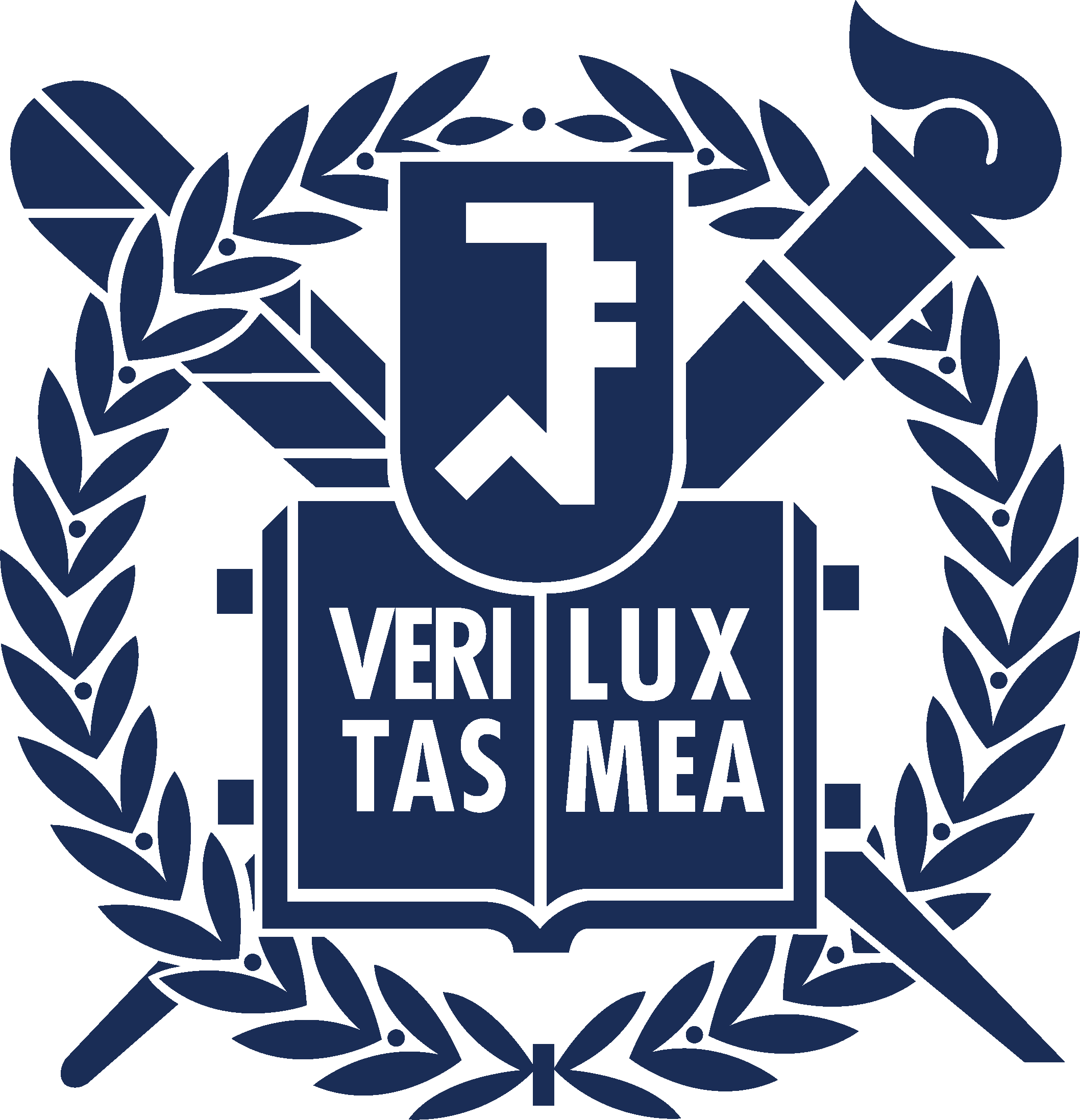Highlights
-
The seismic performance of a U-shaped URM fence wall was evaluated through shaking table tests.
-
Finite element models were provided for further insights into the dynamic characteristics and lateral capacity of the wall.
-
The wall maintained integrity up to twice the design-level seismic load, indicating substantial seismic resilience.
-
A critical damage threshold was identified to indicate significant damage onset.
Abstract
Unreinforced masonry (URM) structures are one of the most prevalent built structures worldwide but exhibit weaknesses in response to lateral load, particularly under earthquakes. While numerous studies investigate URM behavior, a comprehensive understanding remains challenging due to the considerable variability in masonry structures, such as overall geometry, material properties (units and mortars), layout of units and mortars, and number of wythes, which can all vary with the construction region. This study aims to explore the masonry walls used in small-sized residential buildings in South Korea. This study focuses on the seismic behavior of URM walls in small-size residential buildings, specifically those with typical construction of older buildings in South Korea. A half-scale U-shaped URM wall was prepared and subjected to a series of shaking table tests. Artificial acceleration time histories, with incrementally increasing magnitude, were generated with consideration of seismic parameters in Korean design standards and applied to the specimen by shaking table to evaluate the seismic response under simultaneous earthquake excitation in two horizontal directions. Additionally, resonance search tests were performed using white noise excitation to assess dynamic properties, initially and after each excitation level. Besides, a finite element model was developed to gain insight into natural frequency and mode shapes. Results indicate that the wall withstood the design level seismic load without local or global damage. The first crack appeared at twice the design level excitation, but the wall maintained integrity and showed no significant stiffness degradation. Near-collapse conditions were reached at an excitation nearly three times the design capacity, highlighting a significantly larger capacity than the design demand. The drift ratio drastically increased after exceeding a value of about 0.4 %, which can be considered as a threshold for damage limit representing significant damage.
